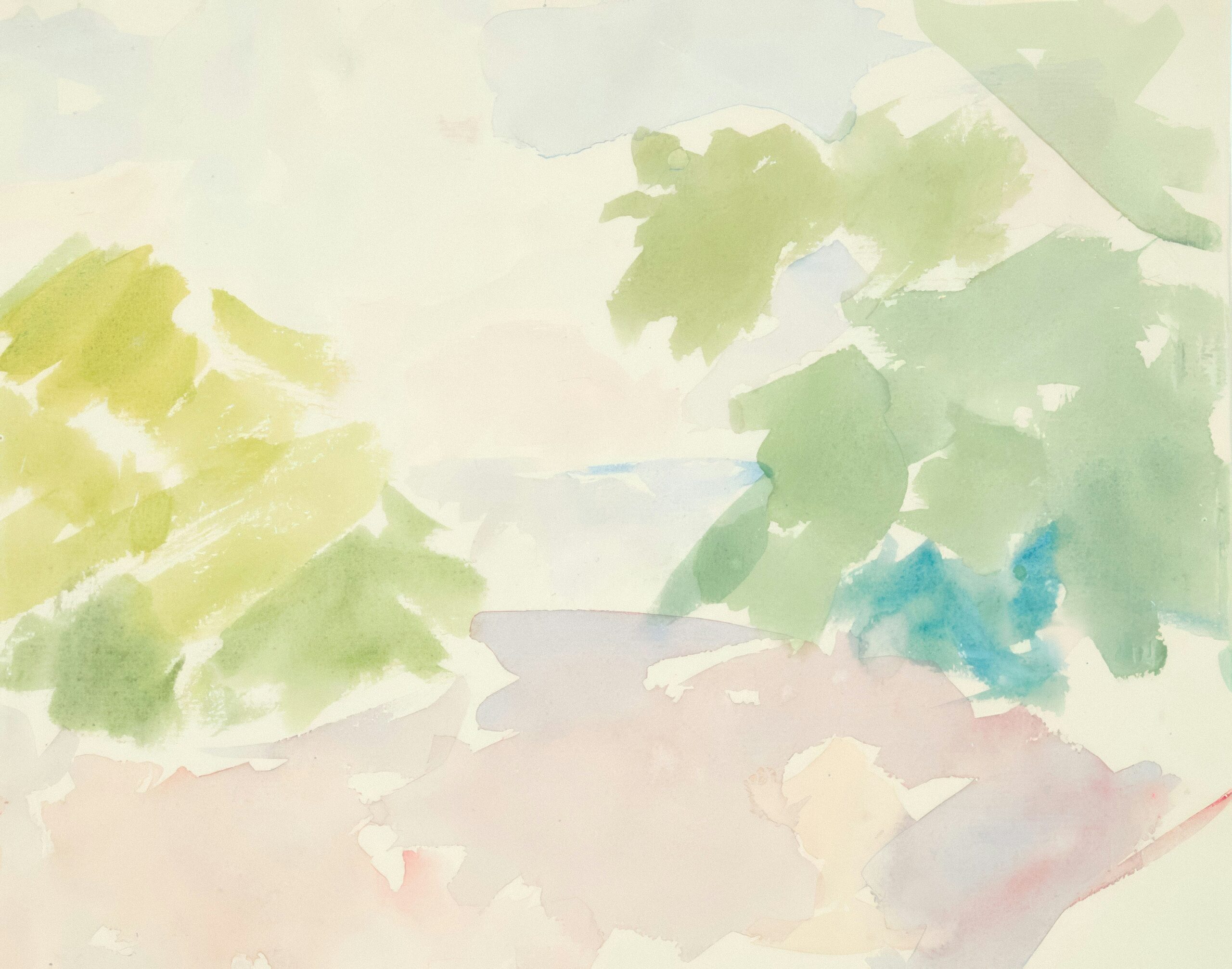Blog
-
![[Experimental Hiphop Beat] Happy Resonance – Genx Beats 1 [Experimental Hiphop Beat] Happy Resonance – Genx Beats](https://genxnotes.com/wp-content/uploads/2025/09/experimentalvol6-scaled.jpg)
[Experimental Hiphop Beat] Happy Resonance – Genx Beats
Follow me:X: https://x.com/genxnotesBluesky: https://bsky.app/profile/genxnotes.comMastodon: https://mastodon.social/@genxnotes Subscribe: If you enjoy my music, please follow me for more updates!
-
![[Experimental Hiphop Beat] Emotional Drift – Genx Beats 2 [Experimental Hiphop Beat] Emotional Drift – Genx Beats](https://genxnotes.com/wp-content/uploads/2025/09/experimentalvol6-scaled.jpg)
[Experimental Hiphop Beat] Emotional Drift – Genx Beats
Follow me:X: https://x.com/genxnotesBluesky: https://bsky.app/profile/genxnotes.comMastodon: https://mastodon.social/@genxnotes Subscribe: If you enjoy my music, please follow me for more updates!
-
![[Art] Art 051 3 [Art] Art 051](https://genxnotes.com/wp-content/uploads/2025/08/Art-051-scaled.jpeg)
[Art] Art 051
Zora: https://zora.co/coin/base:0xa2cdc03398ad76bcbc5d001b9212713b55c55d12?referrer=0xb4e73dd1f5e27fa3aa4fb25161f32662deb54cae Rodeo: https://rodeo.club/post/7371330017801760768 Follow me:X: https://x.com/genxnotesBluesky: https://bsky.app/profile/genxnotes.comPixiv: https://www.pixiv.net/users/90286455 Subscribe: If you enjoy my art, please follow me for more updates!
-
![[Art] Art 050 4 [Art] Art 050](https://genxnotes.com/wp-content/uploads/2025/08/Art-050-scaled.jpeg)
[Art] Art 050
Zora: https://zora.co/coin/base:0x0a8d0ecfdb6fa13493ec9b82268c08fe25b1d927?referrer=0xb4e73dd1f5e27fa3aa4fb25161f32662deb54cae Rodeo: https://rodeo.club/post/7370983747270701056 Follow me:X: https://x.com/genxnotesBluesky: https://bsky.app/profile/genxnotes.comPixiv: https://www.pixiv.net/users/90286455 Subscribe: If you enjoy my art, please follow me for more updates!
-
![[Art] Art 049 5 [Art] Art 049](https://genxnotes.com/wp-content/uploads/2025/08/Art-049-scaled.jpeg)
[Art] Art 049
Zora: https://zora.co/coin/base:0xff2d1b218499312d88c2fc4ab716841eebe03a8d?referrer=0xb4e73dd1f5e27fa3aa4fb25161f32662deb54cae Rodeo: https://rodeo.club/post/7370618640191680512 Follow me:X: https://x.com/genxnotesBluesky: https://bsky.app/profile/genxnotes.comPixiv: https://www.pixiv.net/users/90286455 Subscribe: If you enjoy my art, please follow me for more updates!
-
![[Art] Art 048 6 [Art] Art 048](https://genxnotes.com/wp-content/uploads/2025/08/Art-048-scaled.jpeg)
[Art] Art 048
Zora: https://zora.co/coin/base:0xbbf407636a024780a19dda8894499a7410f65c06?referrer=0xb4e73dd1f5e27fa3aa4fb25161f32662deb54cae Rodeo: https://rodeo.club/post/7370248665073414144 Follow me:X: https://x.com/genxnotesBluesky: https://bsky.app/profile/genxnotes.comPixiv: https://www.pixiv.net/users/90286455 Subscribe: If you enjoy my art, please follow me for more updates!
-

Benefits of switching from Google Analytics to Matomo Analytics
Switching from Google Analytics to Matomo Analytics can offer several benefits, particularly for organizations and individuals who prioritize privacy, data ownership, and customization. Here are some key advantages of making…
-

Advantages of using Brave browser
The Brave browser offers several advantages that make it an appealing choice for users who prioritize privacy, speed, and security. Here are some of the key benefits of using Brave:
-

Web4 and Web5: Next-Generation Internet Concepts
Web4 and Web5 are emerging frameworks that represent the future evolution of the internet, building upon the foundations of Web1.0 (static web), Web2.0 (interactive/social web), and Web3.0 (decentralized web based…
-

How to Find Invisible Unicode in ChatGPT Replies
Recent versions of ChatGPT, especially the o3 and o4-mini models, often insert invisible Unicode characters—such as zero-width spaces (U+200B), narrow no-break spaces (U+202F), and others—into their replies. These characters are…
-

How to Disable Clipboard Sharing Between Mac and iPhone
Apple’s ecosystem includes a feature called Universal Clipboard, which allows you to copy something on one device—say, a Mac—and paste it instantly on another, like an iPhone. This feature is…
-

How To use iOS apps on an Apple Silicon Mac
To use iOS apps on an Apple Silicon Mac, follow these steps: Requirements Steps to Use iOS Apps on Your Mac For Apps You Already Own For New Apps Using…